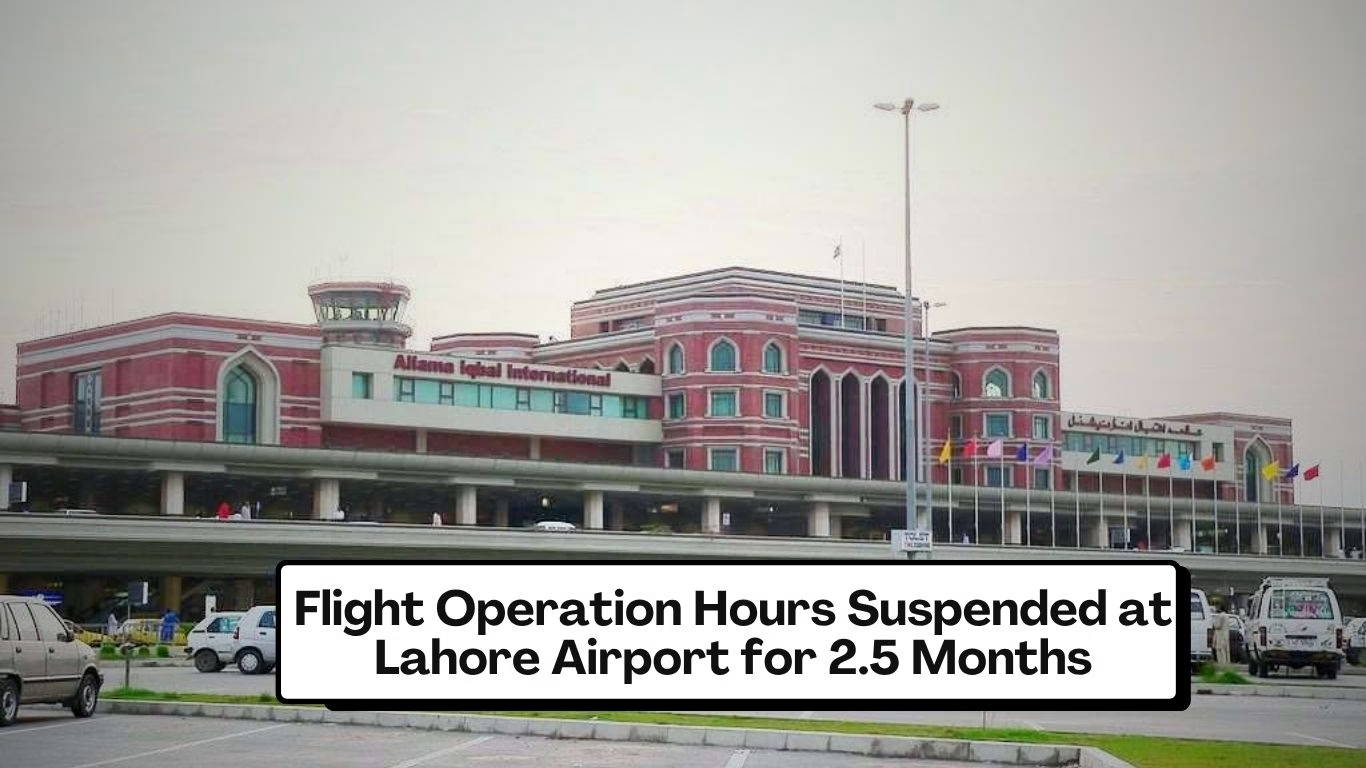Your cart is currently empty!

Why Atlanta Hartsfield-Jackson is the Busiest Airport in the World?
Introduction
According to the ACI (Airport Council International), Hartsfield-Jackson Atlanta International Airport (ATL) is the busiest airport in the world, with 5.4 million passengers in March 2025. In 2023, 105 million passengers traveled from this airport, leaving behind the second busiest, Dubai International Airport (DXB), by 17 million passengers. London Heathrow (LHR), which is Europe’s busiest airport, also lagged by about 25 million passengers.
Atlanta International Airport recorded its highest passenger travel in 2019 when it reached an incredible milestone of 110 million passengers. ATL was the first airport to achieve “the 100 million-plus club” in 2015. Beijing Capital International Airport also recorded over 100 million passengers annually between 2018 and 2020.
It was initially opened in 1926 on a former racetrack, and by the late 1930s, it was already competing closely with major airports in New York and Chicago. Over the past 2 decades, ATL has been recorded as the world’s largest busy airport. Now it has 5 parallel runways with a range from 9,000 – 12,390 feet long and 2 terminals, the Domestic Terminal and Maynard H. Jackson Jr. International Terminal. Seven concourses (T A B, C, D, E F, T) with 192 gates (152 domestic, 40 International). It also has the highest aircraft traffic control tower in North America.
Why Atlanta Airport All The Time?
At first glance, Atlanta might not seem like an obvious choice for such a high-traffic airport to be listed as the busiest airport in the world. The city ranks as the sixth most populated metropolitan area in the United States, far behind cities like New York or Los Angeles, but it is only 2.5 hours away from 80% of the U.S. population by air, making it an ideal hub for domestic travel. For example, travelers flying from Miami to Chicago or Dallas to New York often connect through ATL due to its central position in the southeastern United States. ATL also serves as a gateway for international flights, particularly those heading to and from Latin America and the Caribbean. Its location makes it an efficient stopover for travelers connecting between North America and other regions.
Another factor contributing to ATL’s dominance is its status as the only major commercial airport serving a large area around Atlanta. The nearest commercial airport is approximately 75 miles (120 kilometers) away, making Hartsfield-Jackson the primary airport for millions of people in the region. In contrast, cities like New York or London have multiple airports, dividing passenger traffic among them. If these cities had only one airport, they might surpass ATL in passenger volume.
The Delta Airlines Effect
Atlanta Airport also serves as the primary hub station for Delta Airlines. In 2025, Delta operates around 968 daily departures to 215 destinations from this airport. Over half of ATL’s traffic consists of connecting passengers, many of whom are flying with Delta. In 2023 alone, Delta connected approximately 51 million passengers through ATL—more than the total passenger traffic at major airports like Seattle-Tacoma or San Francisco International. Delta offers flights to 60 international destinations across six continents, making ATL a crucial hub for both domestic and international travelers. Moreover, Delta’s partnerships with global carriers like Air France-KLM and Virgin Atlantic enhance ATL’s international connectivity, allowing seamless connections for passengers traveling worldwide.
Read More About: 10 Busiest Airports in the World 2022
How ATL Successfully Handles Its Traffic Flow
Atlanta’s Airport (ATL) successfully manages its high number of passengers through cutting-edge technology, advanced infrastructure, and efficient operational strategies. With 5 parallel runways airport can handle around 132 flights per hour. Advance Air Traffic Control systems such as TBFM and PBN are used to optimize air traffic flow. The FAA introduced Traffic Management Advisor Flow Programs to consciously assign pre-departure delays when the airport reached capacity. This decreases inefficiencies and eliminates unnecessary delays during peak demand periods.
Infrastructure Designed
The ATL had 192 departure and arrival gates that allowed the airport to handle multiple flights simultaneously. The airport uses a central terminal system with concourses arranged linearly and connected by an underground automated people mover known as the “Plane Train.” This design minimizes transition time between gates, making it one of the most efficient systems globally. To keep up with the growing demand, ATL is continuously expanding its facilities. Current projects include widening concourses and planning future expansions to maintain its leadership position. Along with passengers, the ATL also manages a significant volume of cargo nearly 650,000 metric tons annually through optimized logistics systems that incorporate automation and satellite technologies for efficient cargo movement.
The Future of Atlanta International Airport
As air travel continues to evolve, ATL shows no signs of slowing down. With ongoing investments in infrastructure and its strategic partnership with Delta Air Lines, it is well-positioned to maintain its status as the busiest airport in the world for years to come.
ATLNext
ATLNext is a comprehensive capital improvement program aimed at modernizing and expanding airport facilities with an estimated budget of $ 11 billion. This ambitious initiative seeks to address the evolving needs of air travel, increase airport capacity, and enhance the overall passenger experience over 20 years.
Key Features of ATLNext
- Air Cargo Development: Construction of new warehouses, aircraft parking, and staging areas for cargo vehicles.
- Third-Party Development: Building a 4-star hotel, office spaces, and a travel plaza.
- Central Passenger Terminal Complex: Revitalizing domestic terminals and concourses, adding gates, extending concourses, and upgrading the Plane Train system.
- Parking Facilities: Replacing old parking decks and constructing new ones.
- Support Facilities: Rebuilding fire stations and maintenance complexes with LEED certification.
- Airfield Enhancements: Adding taxiways, replacing pavements, and planning a sixth runway.
ATLNext significantly impacts the local economy, generating an annual economic impact of $66 billion and creating opportunities for minority- and women-owned businesses. Notable projects include the expansion of cargo facilities, widening Concourse D, and extending the Plane Train Tunnel for improved passenger capacity. Additionally, ATLNext fosters community engagement through workshops and training programs for small businesses, ensuring that ATL remains a global leader in aviation while adapting to future travel demands.
Conclusion
Hartsfield-Jackson Atlanta Airport is the most busiest airport in the world, carrying over 104 million passengers each year with nonstop service to 150 U.S. destinations and almost 70 international destinations in over 45 countries. The airport has experienced an increase of 3% in capacity as compared with March 2024. The strategic location of the airport, which is just two hours away from 80 percent of the U.S. population, along with its status as a crucial hub of connectivity, has contributed to the airline’s long-lasting success. Hartsfield-Jackson Atlanta International Airport is more than just a transportation hub—it’s a testament to strategic planning, efficient design, and strong partnerships with airlines like Delta. Its ability to handle massive passenger volumes year after year cements its place as a global leader in aviation. As we look ahead to the future of air travel, one thing is clear: Atlanta will remain at the forefront of connecting people across the globe.
List of the Busiest Airports in the World
| Rank | Airport Name | Location |
|---|---|---|
| 1 | Hartsfield-Jackson Atlanta (ATL) | USA |
| 2 | Dubai International (DXB) | UAE |
| 3 | Tokyo Haneda (HND) | Japan |
| 4 | Shanghai Pudong (PVG) | China |
| 5 | London Heathrow (LHR) | UK |
| 6 | Dallas/Fort Worth (DFW) | USA |
| 7 | Istanbul Airport (IST) | Turkey |
| 8 | Delhi Indira Gandhi (DEL) | India |
| 9 | Guangzhou Baiyun (CAN) | China |
| 10 | Beijing Capital (PEK) | China |





Leave a Reply